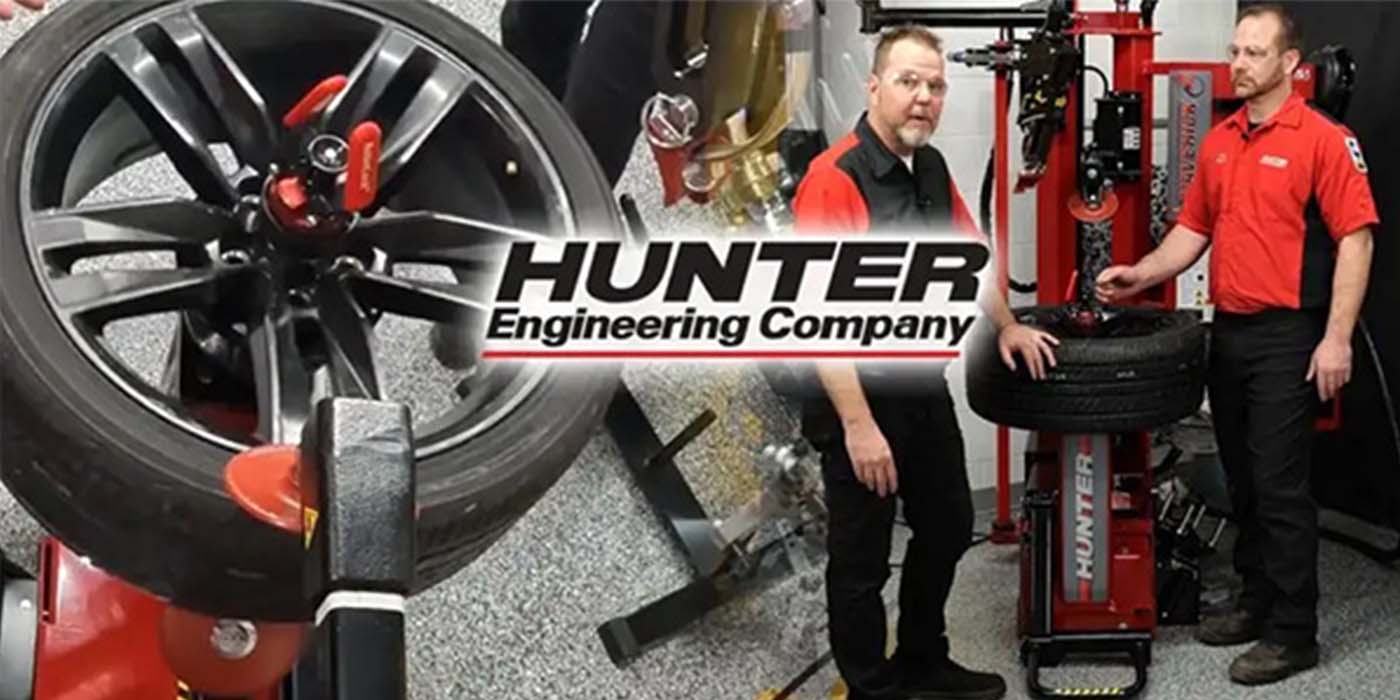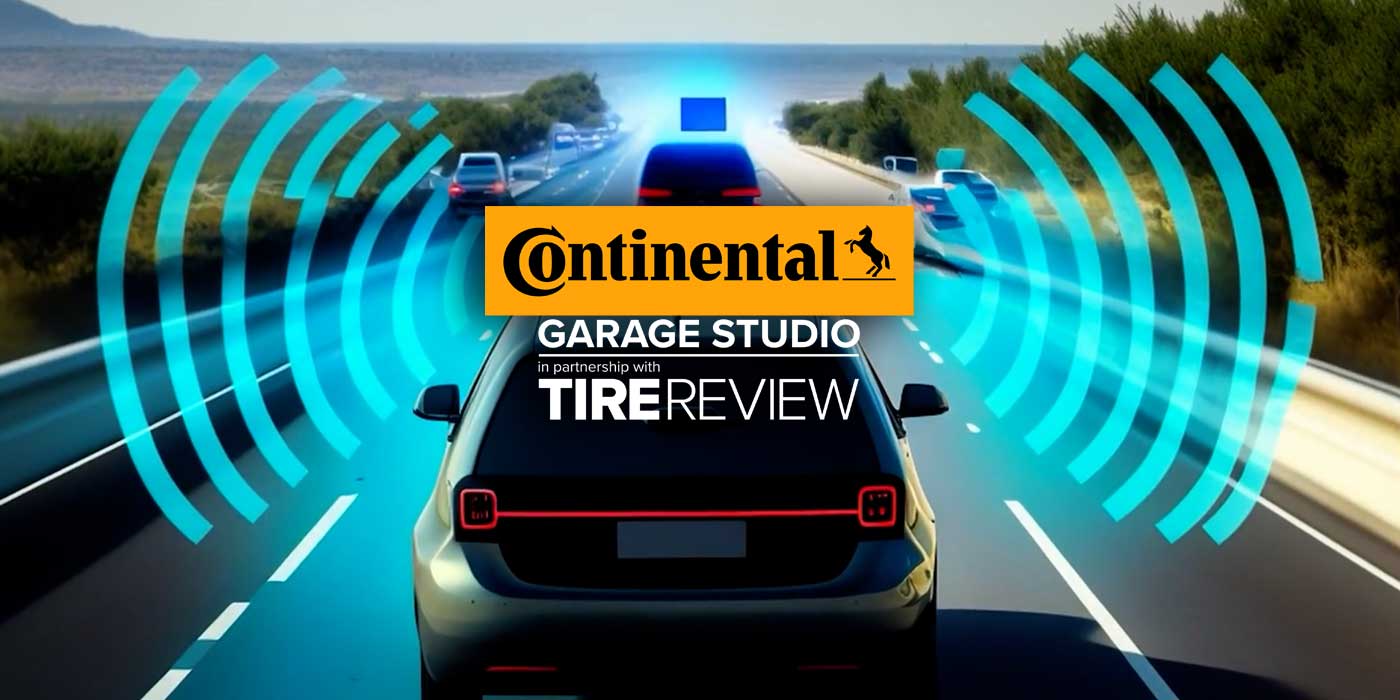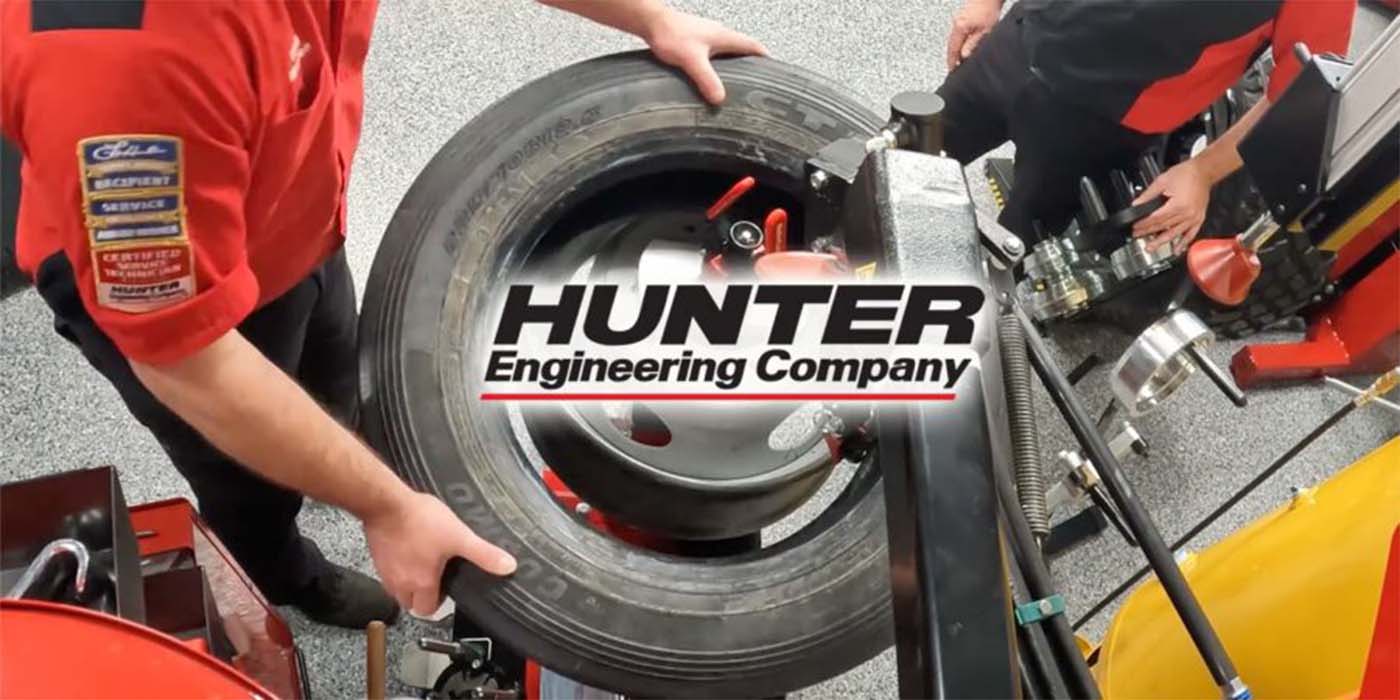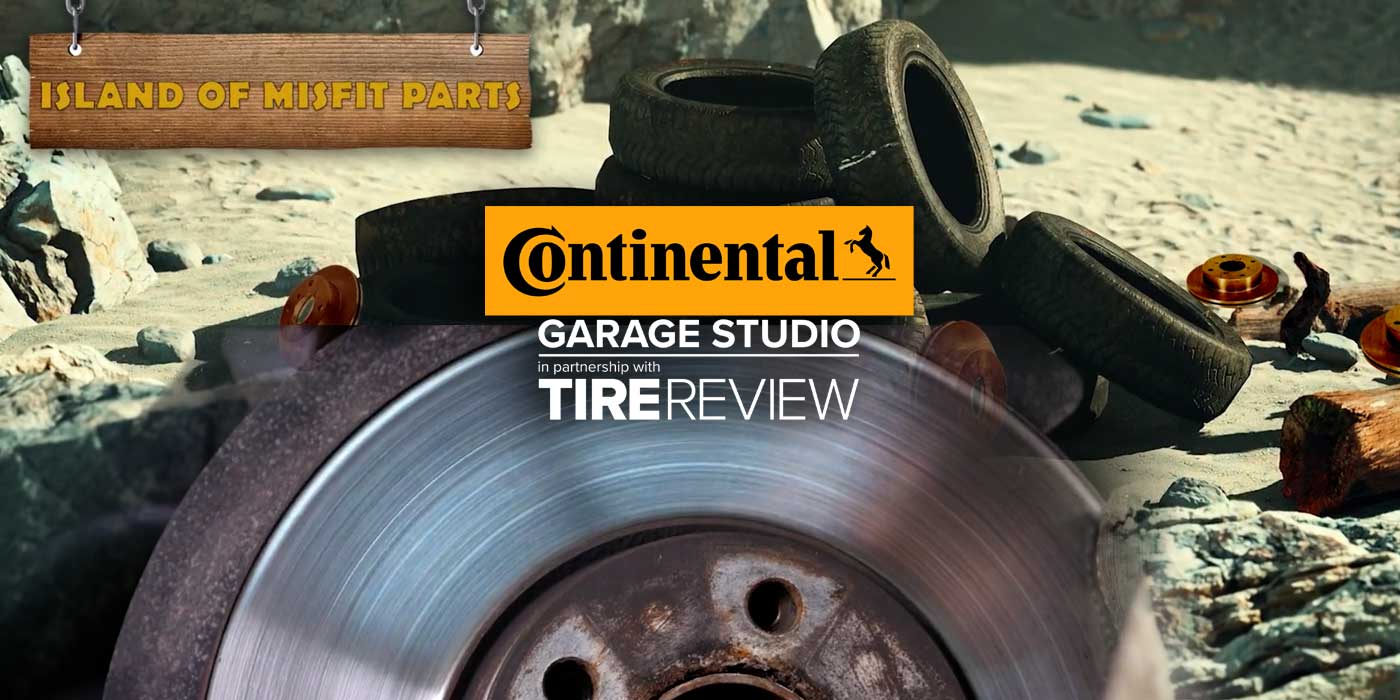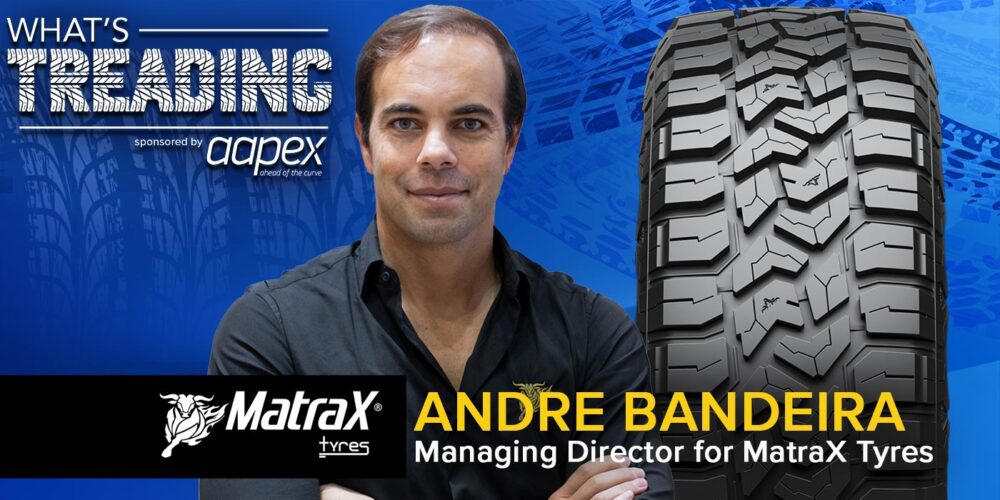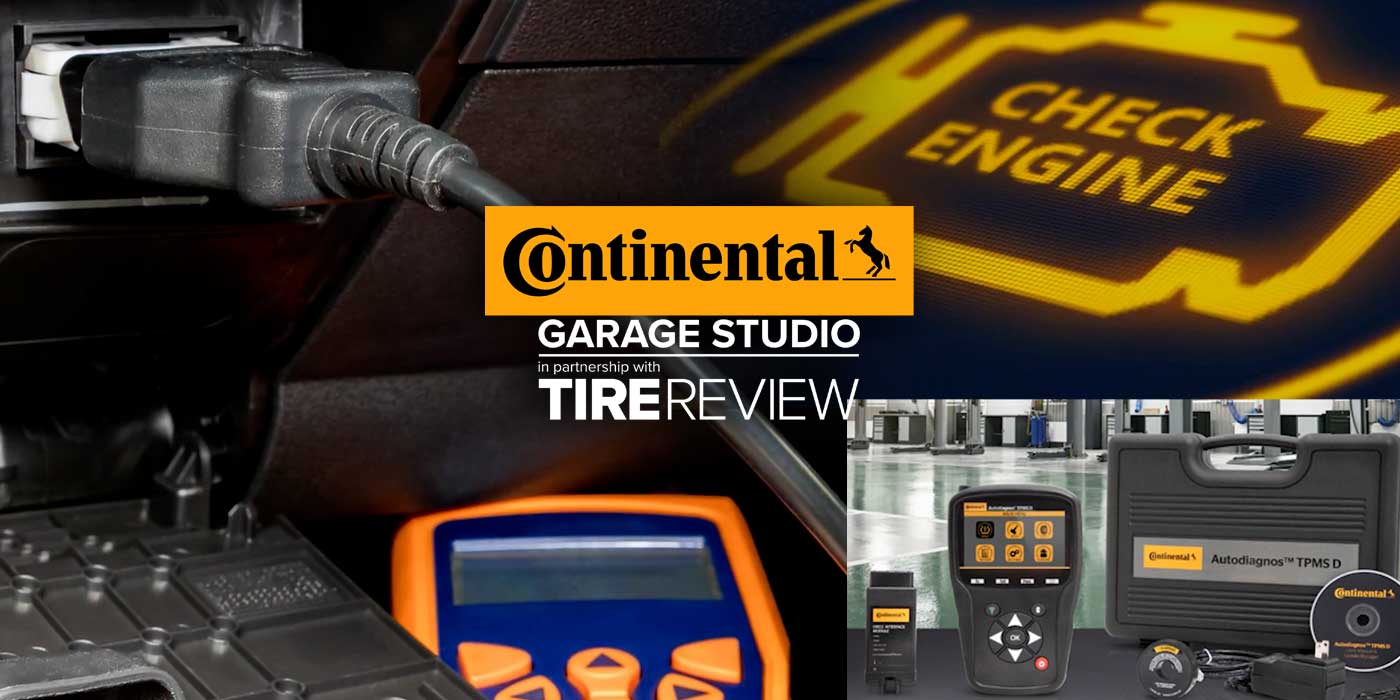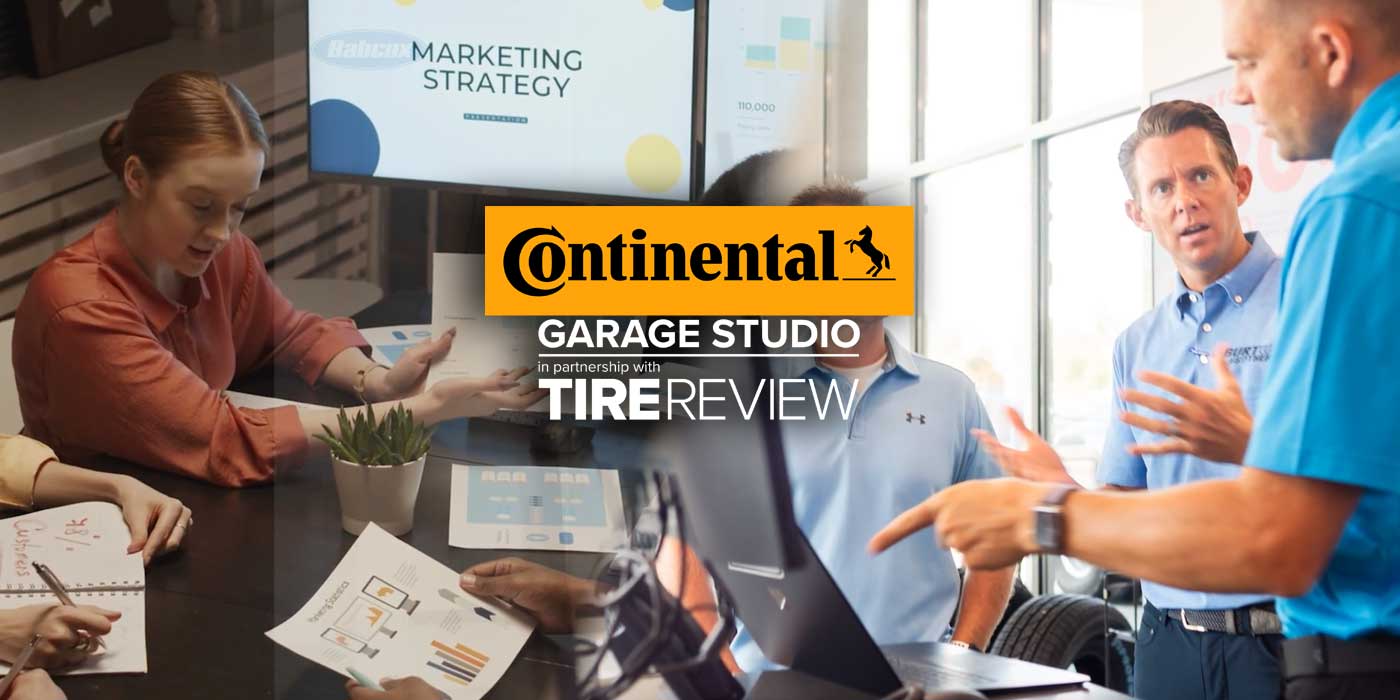Diagnosing TPMS can be tough. TPMS sensor signals are low power and low frequency radio waves, and sometimes, these radio waves get in the way of signals from other devices. So, how do you manage sensor interference to resolve a TPMS issue? Let’s find out in this Tire Review Continental Tire Garage Studio video.
The problem with diagnosing TPMS is you can’t see radio waves. TPMS sensors transmit electromagnetic radiation in patterns at a specific bandwidth to communicate information. These radio waves go in all directions and are absorbed and reflected off the vehicle and environment.
So, problems arise when the radio spectrum TPMS sensors use becomes noisy with other devices like key fobs, garage door openers, and other TPMS sensors in the vicinity. These signals can interfere with the sensor’s information, like someone interrupting you mid-sentence.
TPMS sensors typically transmit two or three pieces of information. First, it will broadcast its ID number, so the vehicle will know what sensor is transmitting. Second, the sensor will transmit the pressure of the tire. Third, the sensor might transmit the temperature of the sensor.
Most TPMS sensors will transmit when movement is detected through a simple accelerometer inside. A sensor will immediately send a signal if it detects a sudden loss in pressure, but the TPMS system won’t turn the light on if a single transmission is not received.
Knowing how TPMS sensor signals work can help you understand the system and how it operates. For example, if you’re getting signal interference, it’s recommended to perform relearns away from other vehicles and sources of electromagnetic interference, like alarms and home appliances.
If you see the signals are low, rolling the vehicle forward a few feet will unblock the signal that could be blocked by other sensors on the vehicle.
If you understand when a sensor transmits, you can test the sensor with rapid deflation if a TPMS tool is not working.
The “Test Before You Touch” method is the best way to assess an initial customer complaint. This procedure can rule out inflation and dead sensor problems. Remember, your TPMS tool is not just for relearns and programming sensors. Many can pull codes from the TPMS module through the OBDII connection and can detect and measure radio signals coming from sensors and the environment around the car.
If a problem can’t be resolved, look at the vehicle’s service information and technical service bulletins.
Don’t forget to follow us on Instagram and Facebook and subscribe to our YouTube channel for more tire, service and shop operations videos.

